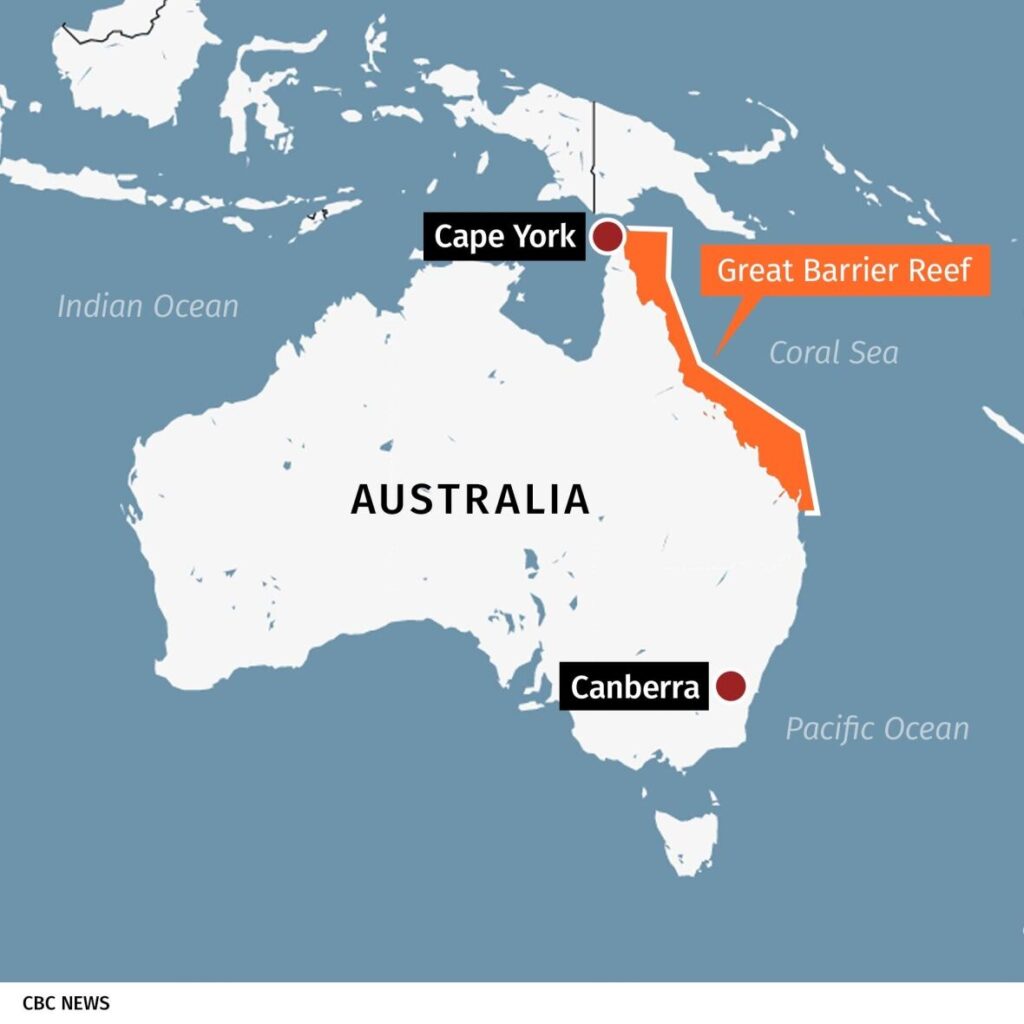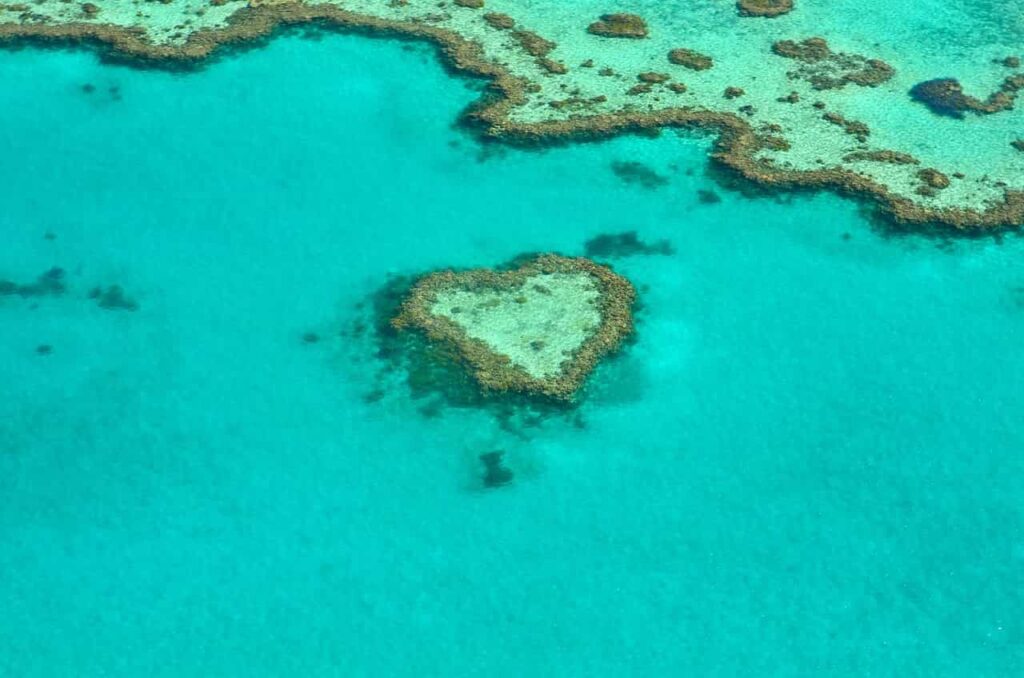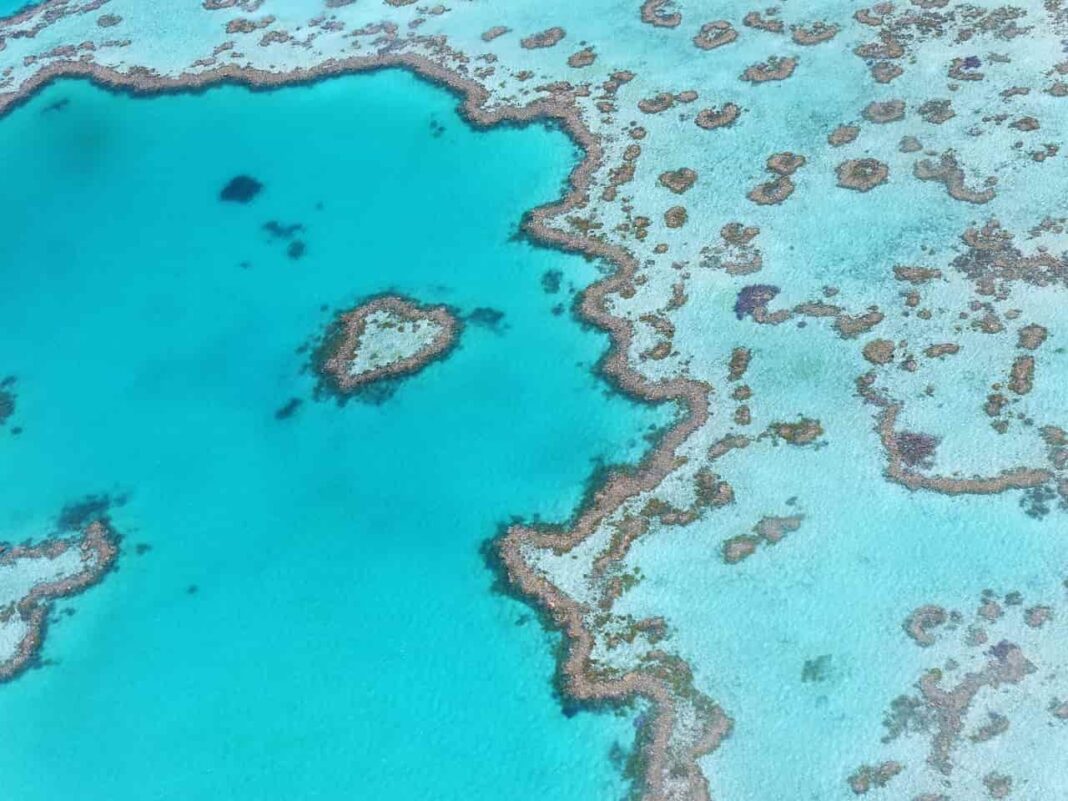Australia, the land Down Under, is renowned for its breathtaking landscapes and extraordinary biodiversity. Among its many natural wonders, the Great Barrier Reef stands as an emblem of the country’s remarkable ecological heritage. Spanning over 2,300 kilometers along the Queensland coast, this magnificent coral reef system is not only Australia’s pride but also a globally significant natural treasure. This article takes you on an immersive journey through the wonders of the Great Barrier Reef, exploring its formation, unique characteristics, environmental challenges, and ongoing conservation efforts. Join us as we dive into the depths of this awe-inspiring ecosystem.

Introduction: The Great Barrier Reef as a World Heritage Site
The Great Barrier Reef holds unparalleled importance as one of the world’s most extraordinary natural wonders. Recognized as a UNESCO World Heritage Site in 1981, it is celebrated for its exceptional biodiversity and ecological significance. The reef draws millions of visitors each year, providing a profound experience of nature’s splendor and a chance to appreciate the fragility of our planet’s marine ecosystems.
Formation and Structure of the Great Barrier Reef
The story of the Great Barrier Reef began approximately 500,000 years ago, with the formation of the first coral polyps. Over time, the gradual accumulation of calcium carbonate skeletons, secreted by these tiny organisms, created the intricate structure of the reef. Comprising over 2,900 individual reefs and around 900 islands, the Great Barrier Reef is a complex ecosystem that supports an incredible array of marine life.
Biodiversity and Marine Life in the Great Barrier Reef
The Great Barrier Reef is a biodiversity hotspot, hosting an astonishing variety of marine species. It is home to over 1,500 species of fish, including the vibrant clownfish and the awe-inspiring giant maori wrasse. The reef also serves as a haven for endangered marine creatures, such as the green and loggerhead turtles, dugongs, and the magnificent humpback whales. With an estimated 600 types of coral, the reef showcases a kaleidoscope of colors and shapes, creating a mesmerizing underwater tapestry.
Ecological Functions and Ecosystem Services
Beyond its sheer beauty, the Great Barrier Reef plays a crucial role in maintaining the balance of our planet’s ecosystems. As a natural barrier, it protects coastal communities from the devastating impact of storms and erosion. The reef’s labyrinthine structure provides shelter for countless fish species, supporting commercial and recreational fisheries. Additionally, the Great Barrier Reef offers opportunities for scientific research, contributing to our understanding of coral reefs and global marine ecosystems.
Environmental Challenges Facing the Great Barrier Reef
The Great Barrier Reef faces formidable challenges that threaten its delicate equilibrium. One of the most significant threats is climate change, leading to rising ocean temperatures and increased instances of coral bleaching. Coral bleaching occurs when corals expel the symbiotic algae living within their tissues, resulting in their loss of color and vitality. The reef also contends with the impacts of ocean acidification, caused by the absorption of excess carbon dioxide, which impairs the ability of corals to build their skeletons.
Conservation and Management Efforts
Recognizing the urgent need for conservation, Australia has implemented comprehensive measures to protect the Great Barrier Reef. The Great Barrier Reef Marine Park, established in 1975, is the largest marine protected area globally. The park integrates various zoning plans and management strategies to mitigate human impacts and safeguard the reef’s ecological integrity. Efforts are also underway to reduce pollution and improve water quality through collaborations with farmers, industries, and coastal communities.
Sustainable Tourism and Responsible Reef Practices
The responsible management of tourism is crucial to the preservation of the Great Barrier Reef. Various initiatives and guidelines have been implemented to ensure that visitors can experience the reef’s wonders without causing harm. These include practicing proper reef etiquette, using reef-friendly sunscreens, and supporting tour operators with eco-certifications. Furthermore, citizen science programs and volunteer opportunities enable tourists to actively participate in reef monitoring and conservation efforts.

Innovations and Future Prospects
Scientific innovation and collaboration hold promise for the future of the Great Barrier Reef. Researchers are exploring cutting-edge techniques in reef restoration, such as coral larval propagation and assisted evolution, to enhance the reef’s resilience to environmental stressors. Collaborative efforts among scientists, governments, and local communities are fostering adaptive management strategies and the development of climate change resilience plans to protect the reef’s long-term survival.
Conclusion: Preserving a Natural Wonder
The Great Barrier Reef stands as a testament to the awe-inspiring wonders of our planet’s oceans. As custodians of this remarkable ecosystem, we must prioritize its preservation. By embracing sustainable practices, supporting ongoing conservation initiatives, and raising awareness about the reef’s ecological importance, we can ensure that future generations continue to marvel at the magnificence of the Great Barrier Reef.
Bibliography
- Great Barrier Reef Marine Park Authority. (2021). Great Barrier Reef Outlook Report 2019.
- Hughes, T. P., et al. (2018). Spatial and temporal patterns of mass bleaching of corals in the Anthropocene. Science, 359(6371), 80-83.
- Marshall, P. A., & Schuttenberg, H. Z. (2006). A reef manager’s guide to coral bleaching. Great Barrier Reef Marine Park Authority.
- Pandolfi, J. M., et al. (2003). Global trajectories of the long-term decline of coral reef ecosystems. Science, 301(5635), 955-958.
- Wilkinson, C. (2008). Status of coral reefs of the world: 2008. Global Coral Reef Monitoring Network and Reef and Rainforest Research Centre.
- Wooldridge, S. (2021). The biology and ecology of coral reefs. Oxford University Press.



 For all latest articles, follow on Google News
For all latest articles, follow on Google News